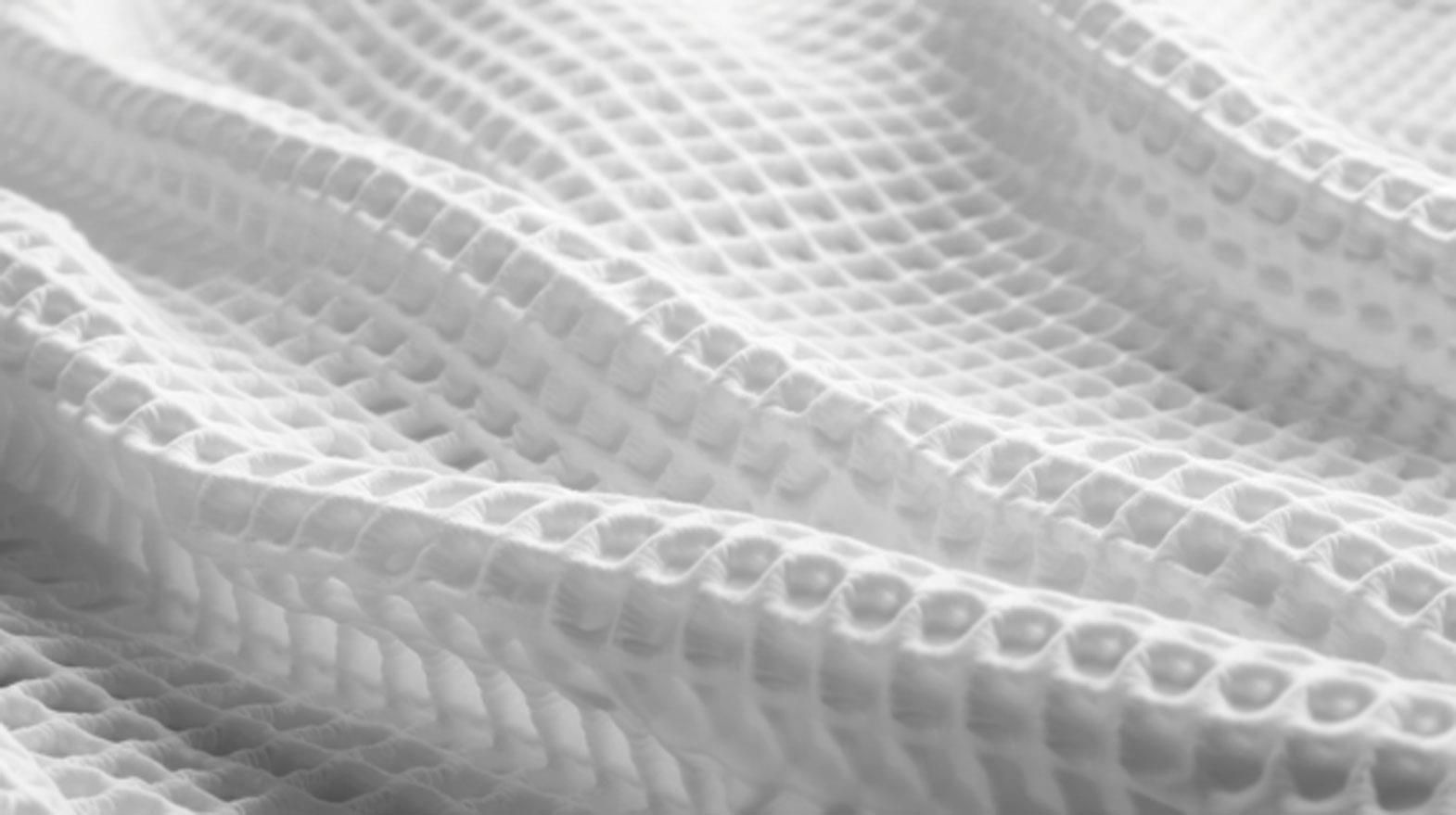The buildings that are constructed with tension fabric involve a rigid frame made from aluminum, steel, timber, or tough plastic which is covered with fabric. The fabric is coated with either Teflon or fiberglass. The most common types of tension fabric used by architects and firms include PVC coated polyester, silicon-coated fiberglass, and Teflon-coated fiberglass. Among the three, PVC coated polyester is the cheapest and it can also be easily managed. However, PVC coated polyester is not very durable. Teflon and silicon-coated fiberglass are expensive in comparison to PVC coated polyester but are extremely durable. Teflon and silicon also shield against ultraviolet radiation, moisture, and microorganism infestation. It is easy to clean these coatings as pollutants wash off in the presence of water. PVC coatings do not provide much safeguard from UV radiation. However, no matter which fabric is chosen, the fundamental structure of all materials is the same. The tension fabric is created with fibers that run vertically, and are woven in and out of each other.
Tension fabric structures are increasingly being erected, as they have an edge over regular construction. While, in order to construct a concrete structure, factors such as the environment of the place where the building is to be constructed are taken into account, tension fabric structures can be constructed in any given environment ranging from extremely hot weather conditions to very humid and cold environments. Also, tension fabric is safe with regard to fire. When the tension fabric catches fire, the fire dies out as soon as the source of fire is removed. The recent development in cable technology has also ensured that tension fabric is easily included in the architectural designs of buildings all over the world. The internal structure of tension fabric is such that it adapts to the external environment without any fuss.
The overall stability and strength of a tension fabric structure depend on the structure's shape and also the quality of material used. A good-quality fiberglass fiber has a tensile strength of 3200 Mega Pascal (MPa) whereas structural steel only has a tensile strength of approximately 250 MPa. Apart from strength, the tensile fabric is also much cheaper in comparison to a conventional structure made from regular construction material. The tension fabric structure is also aesthetically pleasing. Even though the fiberglass base fabrics are almost exclusively limited to shades of white, the polyester base fabrics can be of any variety of colors. The semi-transparent tension fabric roof ensures that the light in the building is good. The fabric has reflective properties, which reflect the direct light coming from the sun, thus ensuring a cooler interior.
There are some strong and well known structures in the world that have been made from tension fabric. The roof tensile structures of the Olympiapark, Munich, The O2, London, Denver International Airport terminal, THTR-300 cable-net dry cooling tower, hyperboloid structure, Georgia Dome in Atlanta, the huge umbrellas in front of the Prophet's Holy Mosque in Medina, etc. vouch for the easy maintenance and good strength of the tension fabric structures.
The applications of tension fabrics have widened with increased awareness regarding its advantages. The tension fabric is used to cover sport courts and increase club capacity, regardless of weather conditions. Tennis courts, sports clubs, ice rink, etc. are covered by tension fabric structures that are custom made as per requirements of the place. These structures need little or no foundations and thus can be easily disbanded or moved to other location. Since tensioned fabric structures are easy to dismantle and relocate, they are ideal for the armed forces, peace actions, or combat zones. With construction of residential buildings and lack of parking spaces in shade, architects are recommending installation of tension fabric structures on terrace and at the car parking spaces.
The latest trend in the industry is to work in close collaboration with the designer, engineer, manufacturer and contractor to create the most cost-effective solution, getting people informed and involved as soon as possible. The hidden cost in fabric is in the operational cost. Most clients want to know how you keep fabric clean and maintenance free. The answer is simple: get the best fabric and get the best topcoat. Installation, which includes shipping and equipment, is the hardest part in cost estimating a fabric structure. Equipment rates and availability can change dramatically, access can play a big role in the install, and shipping rates change as trucking costs and gas go up. As in real estate, fabric structure installers play close attention to location, which can have a dramatic effect on cost. Projects requiring union wages can increase the price, and work in major cities where crane access and street closure permits are required will definitely increase costs.
The emerging textile countries like India, Pakistan, Nigeria, Iraq, Denmark, etc. are increasingly exporting tension fabrics around the globe. Nevertheless, most of the countries depend on the expertise of architects and designers from developed countries to guide them with regard to designs and structures that appear visually attractive and are strong. The demand of tension fabric is especially high in the countries where construction business is blooming. These countries include India, China, et al.
Innovation is one of the top priorities of industries and tension fabric structures are result of the same advancement. The tension fabric underpins the progress textile industry has made; it has provided new ways of utilising the fabrics for the purpose of construction; it has generated new insights about unmet needs of various sectors and facilitated the development of new services for other sectors.
References:
1. Wikipedia.com
2. Dspace.mit.edu
3. Illumin.usc.edu
4. Specialtyfabricsreview.com
5. Spandesign.com








Comments